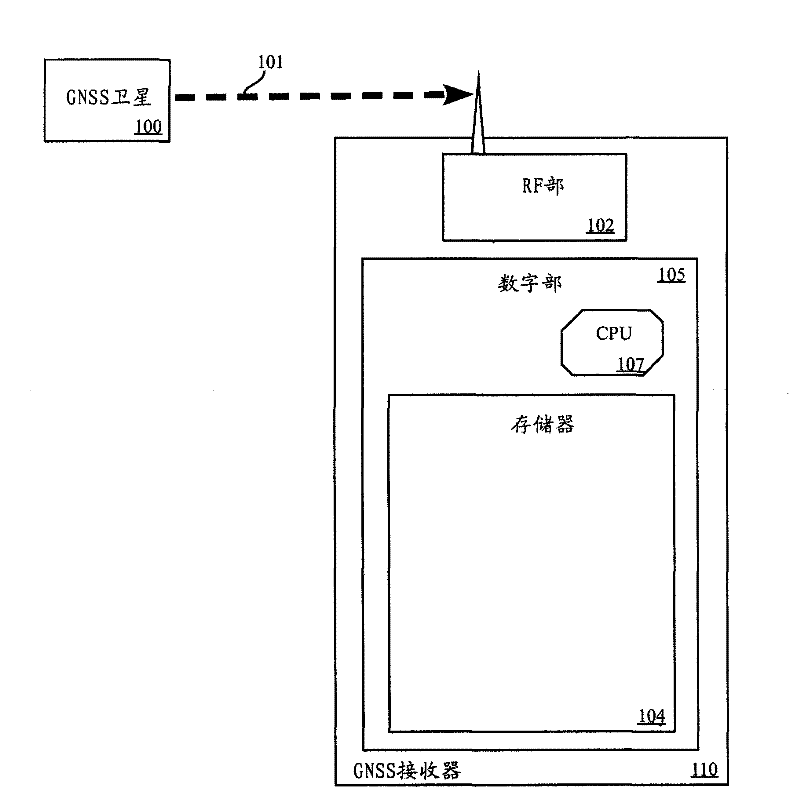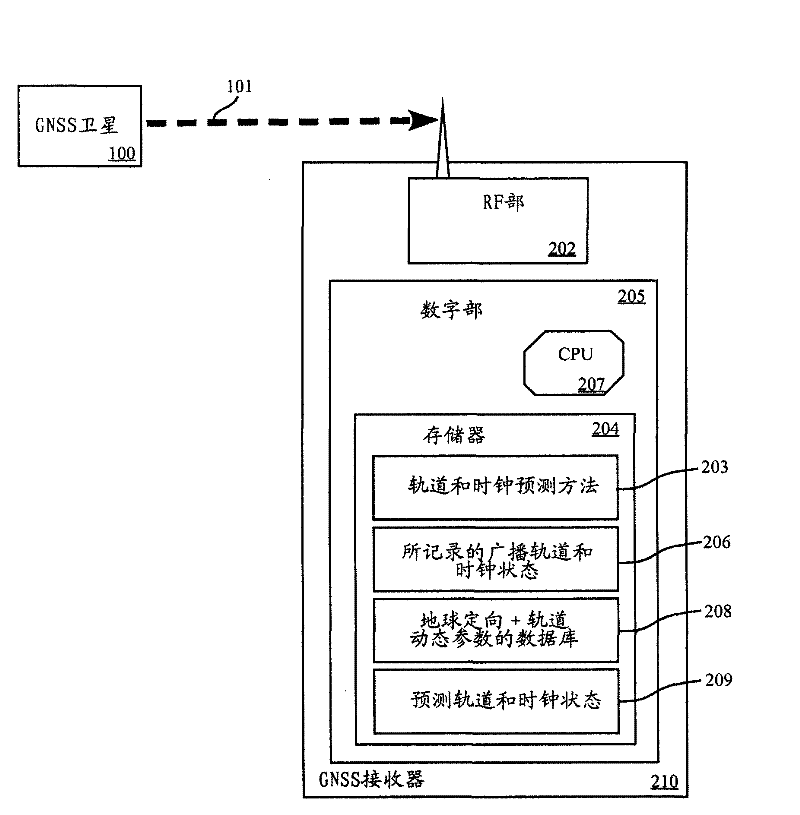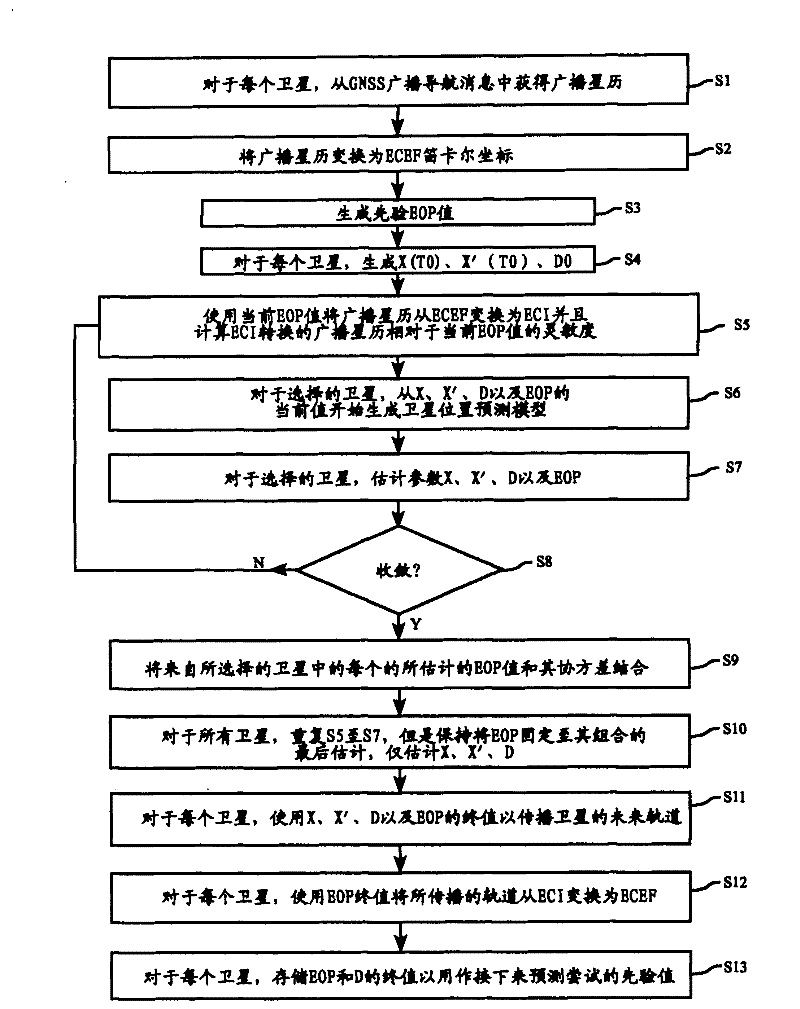Method and apparatus for autonomous, in-receiver prediction of gnss ephemerides
A receiver and automatic technology, applied in the field of broadcast ephemeris prediction satellite ephemeris, can solve the problems of complicated earth orientation following, and achieve the effect of reducing the first positioning time, eliminating the need, and reducing the signal acquisition.
- Summary
- Abstract
- Description
- Claims
- Application Information
AI Technical Summary
Problems solved by technology
Method used
Image
Examples
Embodiment Construction
[0033] In accordance with the present invention, means are described for automatically providing signal acquisition assisted by GNSS receivers by predicted GNSS orbit and clock states using only inherent receiver resources, without the need for externally provided information other than factory installed information and methods.
[0034] Such as figure 2 As shown, the auto-assisted GNSS receiver (210) according to the present invention includes: a radio frequency (RF) part (202), which acquires GNSS signals; and a digital part (205), including a CPU (207) and a non-volatile memory (204 ). The digital portion (205) may be shared by a host device such as a personal navigation device (eg, a cell phone or car navigation device). The CPU (207) can be implemented in various ways without limiting the applicability of the invention. These means include, but are not limited to: microprocessors, field programmable gate arrays (FPGAs), or application specific integrated circuits (ASIC...
PUM
 Login to View More
Login to View More Abstract
Description
Claims
Application Information
 Login to View More
Login to View More - Generate Ideas
- Intellectual Property
- Life Sciences
- Materials
- Tech Scout
- Unparalleled Data Quality
- Higher Quality Content
- 60% Fewer Hallucinations
Browse by: Latest US Patents, China's latest patents, Technical Efficacy Thesaurus, Application Domain, Technology Topic, Popular Technical Reports.
© 2025 PatSnap. All rights reserved.Legal|Privacy policy|Modern Slavery Act Transparency Statement|Sitemap|About US| Contact US: help@patsnap.com



